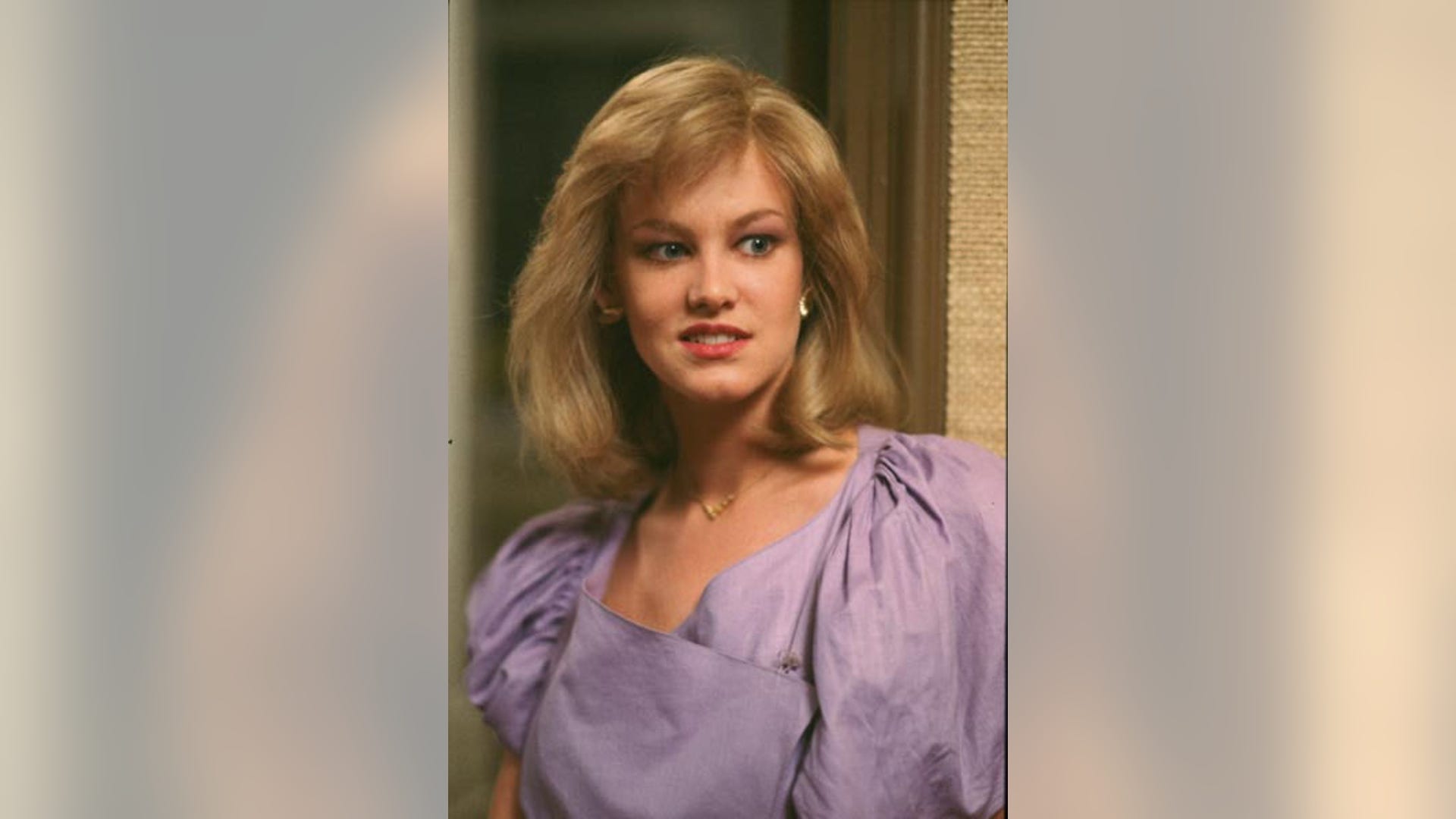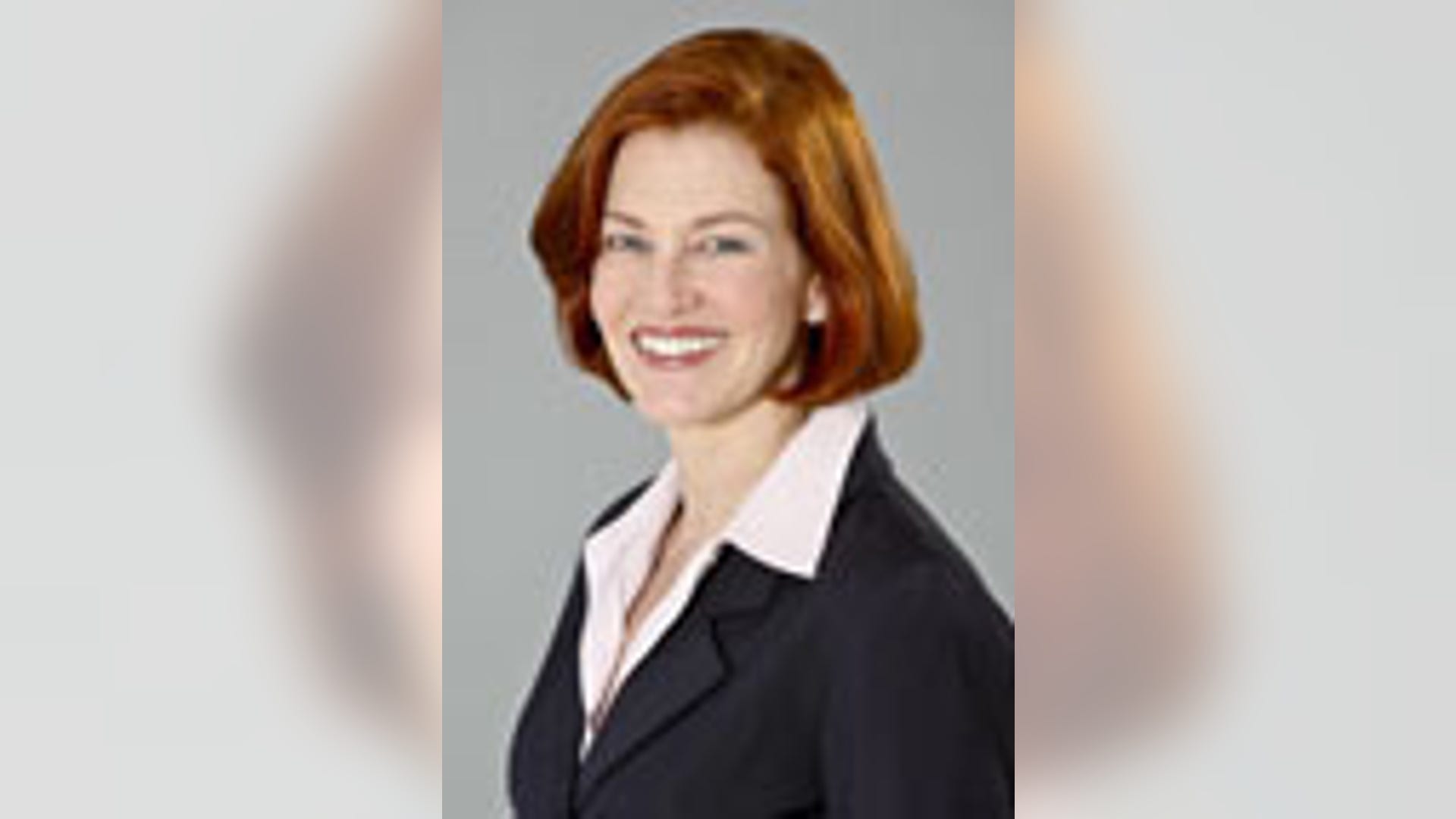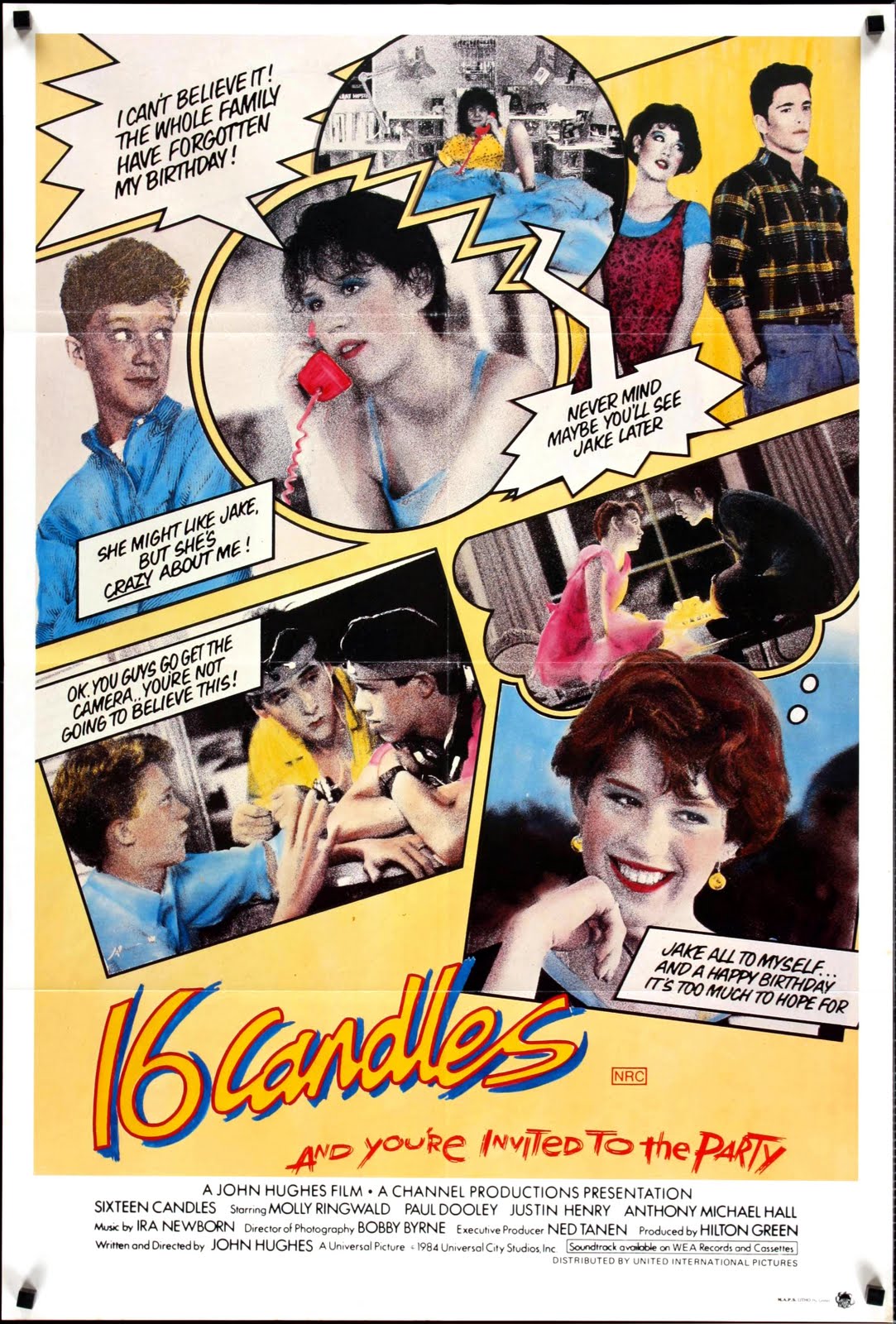Haviland Morris Sixteen Candles - Echoes Of The Past
Sometimes, a simple phrase, or perhaps a collection of names, can really open up a window into another time. It makes you think about the people who shaped our world, the quiet moments that actually led to big changes. You know, like how a single birthday, a sixteenth birthday, in a way, marks a moment of stepping into something new, a time of growth and fresh starts. We are going to look back at some truly important community figures, folks whose efforts, honestly, helped build the foundations of things we often take for granted today.
We are going to consider the contributions of individuals like Laura Haviland, Prior Foster, Elizabeth Comstock, and Asa Mahan. These people, you see, were more or less at the heart of their communities, working to bring about what they felt was right. Their actions, their very presence, helped to set a course for future generations, creating a kind of turning point, or a special anniversary, if you will, for the progress they sought to achieve.
And then there is the story of Elizabeth Margaret Chandler, who founded the Logan Female College, and the rather fascinating detail of her silk dress. It’s almost as if these small pieces of information, these names and an item of clothing, hold within them a much larger story about how society itself, you know, came to be what it is, with its own moments of growth, much like those "sixteen candles" representing a significant passage.
- Www Inka Sex Com
- Black Loving Couple
- Dominik Mysterio And Rhea Ripley Together
- Hilary Quinlan Gumbel
- Kate Spade Puzzle
Table of Contents
- Laura Haviland - A Life of Purpose and Principle
- What Did Prior Foster and Elizabeth Comstock Bring to the Table? - Shaping Community's Spirit
- Asa Mahan's Guiding Influence - A Beacon for Change
- How Did Elizabeth Margaret Chandler Leave Her Mark? - Founding the Logan Female College
- What Does the Silk Dress Tell Us About Times Gone By? - Threads of Enduring History
- Community Figures - A Shared Endeavor
- Where Do These Stories Meet and Mingle? - Moments of Profound Change
- Can We Still Sense Their Presence Today? - Echoes of Sixteen Candles Through Time
Laura Haviland - A Life of Purpose and Principle
Laura Haviland, as a matter of fact, stands out as a person who really dedicated her whole self to helping others. She was someone who, you know, believed very strongly in fairness and doing what was right. Her efforts were not just about talk; she actually put her beliefs into action, working tirelessly for causes that truly mattered. She was, in some respects, a force for good in her community, someone who saw problems and then tried to fix them.
She spent a lot of her time, apparently, working to make things better for people who were not treated fairly. This included, for instance, those who were held in slavery. She also cared deeply about women having a fair chance in life and about everyone having access to learning. Her life was, in a way, a testament to what one person can achieve when they are committed to a cause. She really did leave a lasting impression on the places and people she touched.
Here is a quick look at some details about Laura Haviland, who was, you know, a very important figure:
- Chelsea Clinton Usaid
- Celebrity Workout Diet
- Nkotb Single
- Dunkin Pumpkin Spice Donuts
- Wright Beauty Academy Battle Creek
| Detail | Information |
|---|---|
| Full Name | Laura Smith Haviland |
| Born | December 20, 1808 |
| Died | April 21, 1898 |
| Known For | Abolitionism, Suffrage, Education |
| Notable Work | Establishing Raisin Institute, Underground Railroad activities |
Her work, it seems, helped to create a pathway for many people to find freedom and also to gain an education. She was, quite simply, a person who made a real difference. Her story, you know, reminds us that even one individual can bring about a lot of positive change in the world, just by holding onto their principles and acting on them.
What Did Prior Foster and Elizabeth Comstock Bring to the Table? - Shaping Community's Spirit
When we talk about community building, it’s rarely just one person doing all the work. There are usually, you know, many individuals who contribute their own unique strengths. Prior Foster and Elizabeth Comstock were, in fact, two more of these key community members. They played their own parts in shaping the spirit of their time, working alongside others to bring about important changes. Their involvement, too, helped to form a network of support for people who needed it most.
Elizabeth Comstock, for example, was a Quaker minister, which meant she had a strong voice and a deep sense of moral purpose. She, apparently, traveled a lot, speaking out against injustice and working to help those in prisons. Her efforts, you know, were a bit like a guiding hand, offering comfort and also pushing for improvements in how society treated its members. Prior Foster, while perhaps less widely known today, was also a part of this collective effort, contributing his own energy to the cause.
These individuals, you know, were part of a larger movement. They worked to create a society where everyone had a better chance, where compassion was, you know, a guiding principle. Their contributions, though perhaps not always highlighted in every history book, were definitely important in building the kind of community that could support big ideas and, as a matter of fact, push for fairness.
The Legacy of Sixteen Candles in Early Activism
Thinking about "sixteen candles" as a moment of significant growth, it’s interesting to see how these early activists, like Laura Haviland and her companions, marked a kind of coming of age for social justice movements. Their efforts, you know, were a bit like the first steps into a more mature understanding of human rights. They were, in a way, lighting candles for a future where everyone could live with dignity. It was a time when ideas about equality were, you know, really starting to gain a lot of traction.
The work they did, you see, wasn't just about immediate relief; it was also about setting up systems and ways of thinking that would last. They were building foundations, creating institutions, and, you know, challenging old ways of doing things. This period, with its many passionate people, was a turning point, a kind of "sixteen candles" moment for a society trying to grow up and face its own problems head-on. They helped, apparently, to usher in an era where people felt more empowered to speak up for what they believed in.
Asa Mahan's Guiding Influence - A Beacon for Change
Asa Mahan was another truly important person among these key community members. He was, for one thing, the first president of Oberlin College, which was, you know, a very forward-thinking institution for its time. Oberlin was known for being open to all people, regardless of their background or skin color, which was quite revolutionary back then. Mahan’s leadership there meant he had a big hand in shaping young minds and promoting ideas of equality and learning for everyone.
His influence, you know, extended beyond just the college campus. He was, apparently, a strong voice in the movement to end slavery, which was, as you can imagine, a very important cause during that period. He believed that education and moral principles could, in fact, change society for the better. His presence, too, provided a kind of intellectual and moral backbone for many of the reform efforts that were happening.
Mahan’s work, you know, helped to educate a generation of people who would go on to do great things themselves. He instilled in them a sense of purpose and a desire to make the world a fairer place. So, his contribution was not just about his own actions, but also about the many people he inspired and taught. He was, in a way, a guiding light, showing others a path toward a more just society.
How Did Elizabeth Margaret Chandler Leave Her Mark? - Founding the Logan Female College
Elizabeth Margaret Chandler, too, played a very significant role in shaping her community, especially through her dedication to education. She was, you know, the founder of the Logan Female College. This was, as a matter of fact, a truly important step for women’s education during a time when such opportunities were not always easy to find. Her vision meant that young women had a place to learn and grow, to develop their minds and talents.
Establishing a college, you can imagine, was no small feat. It required a lot of determination, hard work, and a clear understanding of what was needed. Chandler’s efforts, apparently, opened doors for many women, giving them access to knowledge and skills that would help them lead more independent and fulfilling lives. She was, in some respects, a pioneer in her field, creating pathways where none had really existed before.
Her work at Logan Female College was, you know, about more than just teaching facts. It was about empowering individuals, about giving them the tools to think for themselves and to contribute meaningfully to society. She left a lasting mark, not just on the physical buildings of the college, but on the lives of countless students who passed through its doors. Her legacy, too, is a testament to the power of education to transform lives.
The Significance of a Silk Dress and Haviland Morris
It’s fascinating how a seemingly simple object, like a silk dress, can actually hold so much history. The silk dress of Elizabeth Margaret Chandler, you know, isn't just a piece of clothing. It’s a tangible link to her, to her life, and to the time she lived in. It speaks to the textures and styles of the past, offering a little glimpse into the everyday world of someone who did extraordinary things. It’s a very personal item that, in a way, connects us directly to her story.
This dress, you see, might represent the care and thought put into one's appearance, or perhaps the social customs of the era. It’s a small, yet very real, piece of the past that has, apparently, endured. And when we think about "Haviland Morris" in this context, it’s almost as if the phrase itself becomes a kind of thread, weaving together these individual stories and the broader sweep of history. It reminds us that these figures, like Chandler, were real people with real lives, living through their own "sixteen candles" moments, their own significant passages.
The dress, in short, is a reminder that history isn't just about big events; it’s also about the individual lives, the personal items, and the quiet contributions that, you know, make up the fabric of our shared past. It gives us a way to connect with these figures on a more human level, to feel a little closer to their experiences.
What Does the Silk Dress Tell Us About Times Gone By? - Threads of Enduring History
When you look at something like an old silk dress, it really makes you think about how much has changed, and yet, how some things, you know, remain quite the same. This particular silk dress, belonging to Elizabeth Margaret Chandler, offers us a unique way to consider the past. It’s not just a garment; it’s a relic, a physical piece of history that has, apparently, survived through the years. It carries with it the echoes of conversations, the feel of daily life, and the very presence of the person who wore it.
The fabric itself, you see, might tell us about the materials available, the way clothes were made, or even the economic conditions of the time. Was it a dress for special occasions, or something worn more often? These details, though small, can paint a broader picture of the era. It’s a bit like holding a piece of a puzzle, and as you look at it, you start to imagine the larger scene it belongs to. This dress, in a way, is a silent storyteller, sharing bits of information about a time long gone.
It reminds us that history is not just a collection of dates and names, but also a tapestry of everyday lives, filled with ordinary objects that, you know, gain significance over time. The silk dress, then, becomes a symbol of endurance, a tangible link to the efforts and lives of people like Elizabeth Margaret Chandler, whose contributions continue to shape our present. It’s a quiet reminder of how the past, in some respects, is always with us, just waiting for us to notice its threads.
Community Figures - A Shared Endeavor
It’s pretty clear that the impact of these individuals – Laura Haviland, Prior Foster, Elizabeth Comstock, Asa Mahan, and Elizabeth Margaret Chandler – was not just about their individual actions. It was, you know, very much about their collective efforts. They were, in a way, working together, even if not always in the same room, towards common goals. Their shared commitment to making their communities better, to pushing for fairness and education, created a powerful force for change.
These people, you see, understood that true progress often comes from many hands working on the same project. They supported each other, learned from each other, and, apparently, inspired each other. Each one brought a unique strength to the table, whether it was the passion of an abolitionist, the dedication of an educator, or the moral guidance of a minister. Together, they formed a network of people who were determined to build a more just and compassionate society.
Their stories, in fact, show us how important it is for people to come together for a shared purpose. No one person can do everything, but when a group of committed individuals unites, they can achieve truly remarkable things. Their combined efforts, you know, created a ripple effect that went far beyond their immediate circles, shaping the future in ways they might not have fully imagined.
Haviland Morris and the Spirit of Giving
When we consider the phrase "Haviland Morris" in connection with these figures, it can evoke a sense of the enduring spirit of giving and contribution that marked their lives. Laura Haviland, for example, gave so much of herself to fighting for freedom and education. The "Morris" part might, you know, suggest a broader idea of moral courage and collective action. It’s about the way these individuals, and others like them, were willing to put in the effort, to give their time and energy, for something bigger than themselves.
This spirit of giving, you see, wasn't just about charity in the traditional sense. It was about giving voice to the voiceless, giving opportunity to the disadvantaged, and giving hope to those who had little. It was a kind of generosity that extended to the very fabric of society, aiming to make it more equitable for everyone. So, the "Haviland Morris" idea, in this context, becomes a way to remember that deep commitment to public service and shared well-being.
It’s a reminder that progress often comes from people who are willing to give, not just financially, but with their hearts, their minds, and their actions. These community members, you know, truly embodied that spirit, lighting up their world with their dedication and, apparently, their willingness to make sacrifices for the greater good.
Where Do These Stories Meet and Mingle? - Moments of Profound Change
It’s interesting to think about how the lives of these key community members, like Laura Haviland, Elizabeth Comstock, Asa Mahan, and Elizabeth Margaret Chandler, all came together, sometimes directly, sometimes through shared ideals. They were, you know, living in a time of great social change, a period when many people were questioning old ways and pushing for new ones. Their paths, in some respects, crossed in the shared pursuit of fairness and a better society.
Whether they knew each other personally or simply influenced the same circles, their individual stories definitely contribute to a larger narrative of reform. For example, the abolitionist cause was a strong current that connected many of them. The push for education, especially for those who were often overlooked, was another common thread. These shared passions created a kind of meeting point for their efforts, allowing their work to build upon one another’s.
These were moments of profound change, when ideas that had been simmering for a while, you know, really began to take hold. The combined energy of these figures, and many others, helped to create a momentum that was, apparently, quite powerful. Their stories mingle to form a



Detail Author:
- Name : Jaclyn Roob
- Username : lillian38
- Email : margarita91@johnson.com
- Birthdate : 1986-06-21
- Address : 8702 Batz Streets Apt. 359 New Newtonberg, VT 34850-7120
- Phone : (925) 501-1866
- Company : Huels Group
- Job : Economist
- Bio : Ipsum dolorem repellendus sit sunt quidem. Quia et illum rem et veniam modi ipsam eaque. Aut minima saepe veritatis quia id totam soluta optio. Voluptates unde illum autem consectetur quaerat quam.
Socials
facebook:
- url : https://facebook.com/josiane.kautzer
- username : josiane.kautzer
- bio : Eveniet nemo eum corrupti.
- followers : 1961
- following : 203
linkedin:
- url : https://linkedin.com/in/kautzer1988
- username : kautzer1988
- bio : Pariatur ut nobis quo delectus quo quos sequi.
- followers : 6945
- following : 1137
tiktok:
- url : https://tiktok.com/@kautzer1990
- username : kautzer1990
- bio : Ipsam voluptatibus odit provident quae.
- followers : 2269
- following : 969